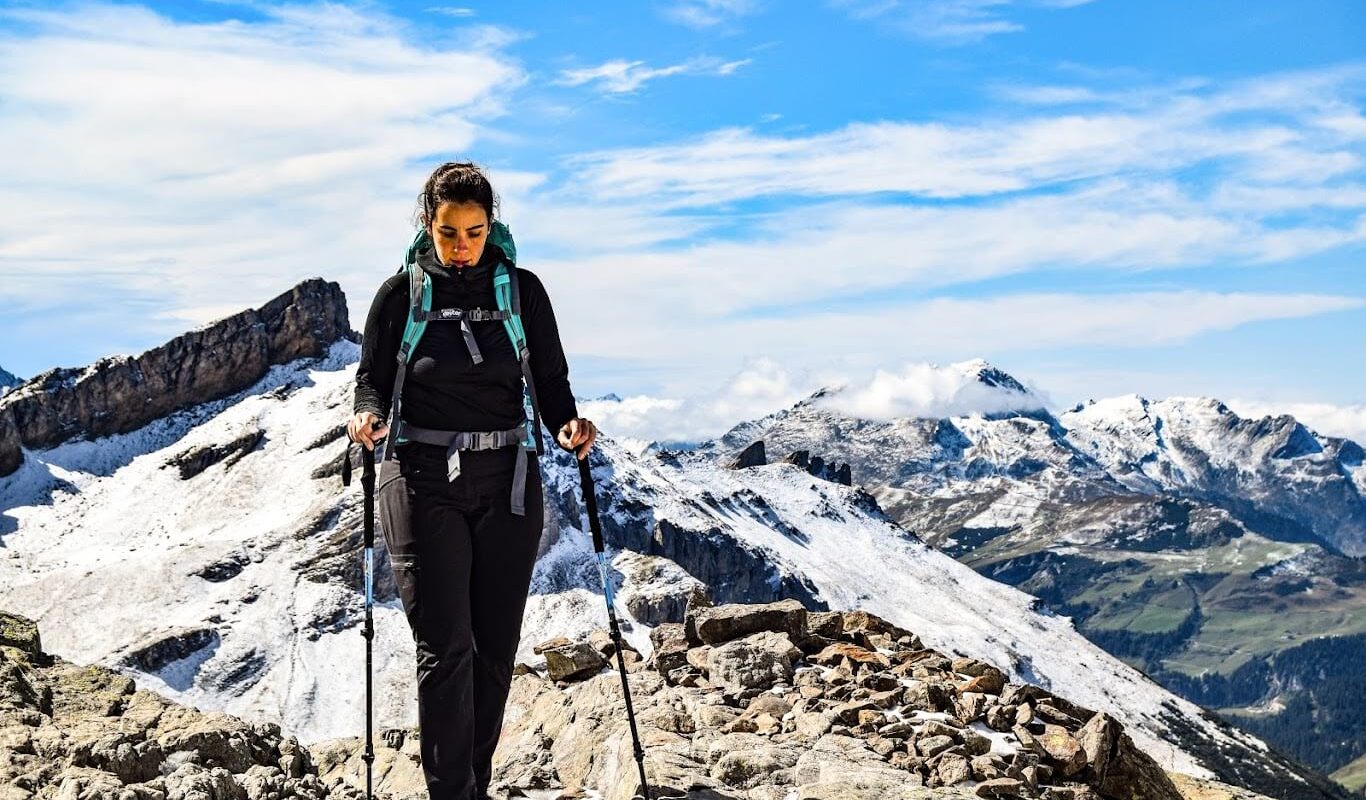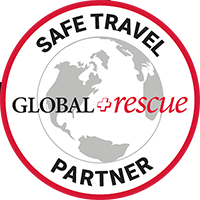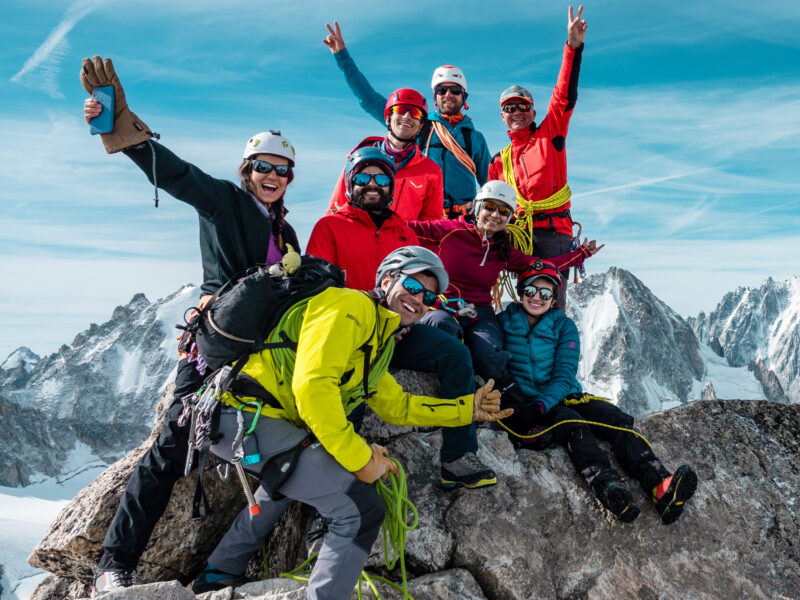BY Rami Rasamny | January 04 2019
A First Timers Guide to Not Getting Ripped Off At The Gear Store


“Its good to spend a little extra on the layers that are directly exposed to the elements. There really is no substitute for a good waterproof shell jacket and a proper down jacket.”
Getting outdoors can be pricey, especially if you walk into a gear store for the first time expecting the salesman to genuinely sell you exactly what you need. He won’t! You’re like a well wrapped Christmas gift with “commission” written all over you. To help you keep some weight in the wallet, especially if it’s your first time buying, we’ve put together a small guide to help you choose where to spend and where to save when it comes to outdoor gear.
WHERE TO SPEND
Its good to spend a little extra on the layers that are directly exposed to the elements. There really is no substitute for a good waterproof shell jacket and a proper down jacket. If well taken care of, they can last a really long time. The last thing you want is to be leaking on the first day of your Kilimanjaro climb. It is the worst feeling in the world! You also want to spend a little extra on a good sweat absorbing base layer. It may not seem intuitive at first, but the most important thing in the mountains is keeping yourself warm and dry. Fabrics that are inefficient in absorbing moisture and drying right away will cause your body to get cold regardless of how many layers you put on. We are always super concerned about keeping moisture out that we almost never think about allowing moisture produced by our body to escape! Think about it.
You also want a solid pair of hiking or climbing boots. These also last for years and are worth the investment. Warm, dry feat have the potential to make or break the entire experience. Of course it goes without saying that technical climbing equipment should always be purchased from a known brand and never purchased second hand, especially things like ropes, quickdraw and harnesses. The reliability of these pieces of equipment are directly derived from the number of falls and impacts they’ve absorbed and how they’ve been cared for over their lifespan.

“Your mountain guide or team leader probably gets mega discounts in particular places.”
If you weren’t a part of that lifespan, you’ll have no way of knowing this information even if they look neat and shiny.
If a sleeping bag is needed for cold weather conditions this is another item I wouldn’t cut corners on. Your recovery throughout the trip depends entirely on the rest you get at night. If you’re cold or uncomfortable it can be extremely tough. If, however, your adventure is on a beach somewhere, then you can certainly go for a lighter brand that is far less financially demanding.
WHERE TO SAVE
The basics are the basics and ultimately it comes down to personal preference, but, there are a number of things I believe you can save on when looking at your gear list. Things like quick dry t shirts, hiking shorts and pants, underwear, fleece layers and other middle layers for warmth, hats and beanies, liner gloves and even liner socks don’t have to be the latest overpriced incarnations of last seasons product that has largely remained technologically identical for the past decade. Here, you can certainly look at outlet stores or brands stocked at Decathlon that really don’t lighten the wallet and make you regret your first steps in the outdoors.
It’s super easy to just walk into a store and let the vendor sell you everything under the sun. You won’t need half of it and the little things do add up. Make sure to check your gear list properly and talk to your team leader before you buy.
A FINAL PIECE OF ADVICE
Your mountain guide or team leader probably gets mega discounts in particular places. Talk to them and find out before you buy. It may also be a good idea to leave technical purchases to when you’re actually with your team leader if that is at all possible to avoid buying the wrong gear. It happens more often than you think.
Do you have advice you’d like to share with the community? Get in touch with us on info@lifehappensoutdoors.com.
About The Author
Rami Rasamny is the founder of Life Happens Outdoors, a premium adventure travel community dedicated to transforming lives through curated outdoor experiences. A mountaineer and entrepreneur, Rami has led teams on some of the world’s most challenging peaks, from the Alps to the Himalayas. His mission is to make adventure accessible, transformative, and safe for all who seek to push their limits and Come Back Different.
About Life Happens Outdoors
At Life Happens Outdoors, we believe in the power of nature to transform lives. As proud members of the Adventure Travel Trade Association (ATTA) and the World Travel & Tourism Council (WTTC), our team of certified guides and outdoor professionals is committed to the highest standards of safety, sustainability, and excellence.
Discover more about our story and mission on our Meet LHO page, or explore our curated adventures such as the Tour du Mont Blanc Trek, the Climb of Kilimanjaro, and Chasing the Northern Lights.














